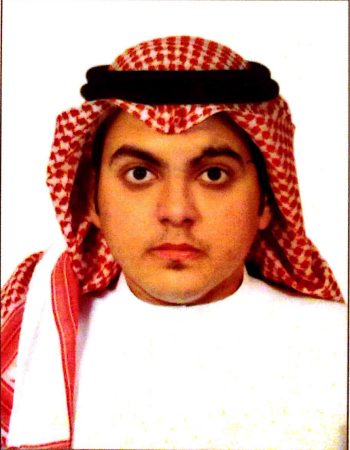MCQs
1. Which of the following describes Phlebitis?
a. Inflammation of the vein
b. Inflammation of the heart wall
c. Inflammation of the ventricle
d. Inflammation of the heart valve
2. The technique of graphically recording the electrical waves within the heart is called:
a. Embolism
b. Electrocardiogram
c. Echocardiogram
d. Ultrasound
3. An abnormal paleness in the skin is called:
a. Pallor
b. Palpitation
c. Sheath
d. Photon
4. One of the triangular parts of a heart valve is known as:
a. Cyanosis
b. Anastomosis
c. Coronary cusp
d. Infarction
5. Blood travels to all parts of the body from which valve?
a. Aortic
b. Mitral
c. Tricuspid
d. Pulmonary
6. Where is the Mitral Valve?
a. Between right atrium and right ventricle
b. Between left atrium and left ventricle
c. Between the aorta and left ventricle
d. Between the pulmonary artery and left ventricle
7. How many valves are in the heart?
a. 1
b. 2
c. 3
d. 4
8. What is apoplexy?
a. Cerebral Stroke
b. Death and shrinking of the blood cell
c. Inability to perform skilled movements
9. A _______ occurs when the atria and the ventricles are beating independently.
a. first degree block
b. second degree block
c. third degree block
d. ventricular flutter
10. __________ control the cell ativities also contain the cell's DNA information.
a. Cell bembran
b. Cytoplasm
c. Nucleus
d. Mitochondrion
11. Which of the following is not part of endocrine gland?
a. Thyroid
b. Adrenal
c. Ovary
d. Mammary
12. Esophageal varices are
a. Hernia around the opening of the stomach
b. Swollen, twisted veins
c. Polyps
d. Perianal fistulae
13. What does SOB stand for?
a. Shortness of breath
b. Swallow obidiently
c. Shortstatured body
d. Swallow of bulk
14. What is the largest artery of the body?
a. Inferior vena cava
b. Superior vena cave
c. Aorta
d. Carotid artery
15. The coronary arteries supply blood to the
a. Lungs
b. Kidneys
c. Brain
d. Heart muscle
16. The av node is located in the
a. Right atrium
b. Artio ventricular septum
c. Pericardium
d. Myocardium
17. Which part of the heart receives deoxygenated blood?
a. Right atrium
b. Left Ventricle
c. Right Ventricle
d. Both a and c
18. Accumulation of blood in a joint is called
a. Keratoplasty
b. Keratoscopy
c. Hemarthrosis
d. Keratonomy
19. The average human heart completes how many cycles in one minute.
a. 50-90
b. 60-100
c. 70-110
d. 80-120
20. It's a condition in which plaque builds up inside the coronary arteries called?
a. Arteriosclerosis
b. Congestive Heart Failure
c. Valvular heart disease
d. Coronary artery disease
21. What is the production of cancer?
a. Stomatoplasty
b. Carcinogen
c. Benign
d. Myopia
22. How many types of neurons are there?
a. One
b. Two
c. Three
d. None
23. Who disapproved the theory of abiogenesis?
a. Louis pasteur
b. Redii
c. Mendel
d. Johansen
------------
Answers of Cardiology Quiz
1. Inflammation of the vein
2. Electrocardiogram
3. Pallor
4. Coronary cusp
5. Aortic
6. Between left atrium and left ventricle
7. 4
8. Cerebral Stroke
9. Third degree block
10. Nucleus
11. Mammary
12. Swollen, twisted veins
13. Shortness of breath
14. Aorta
15. Heart muscle
16. Artio ventricular septum
17. Both a and c
18. Hemarthrosis
19. 70-110
20. Coronary artery disease
21. Carcinogen
22. Three
23. Redii

